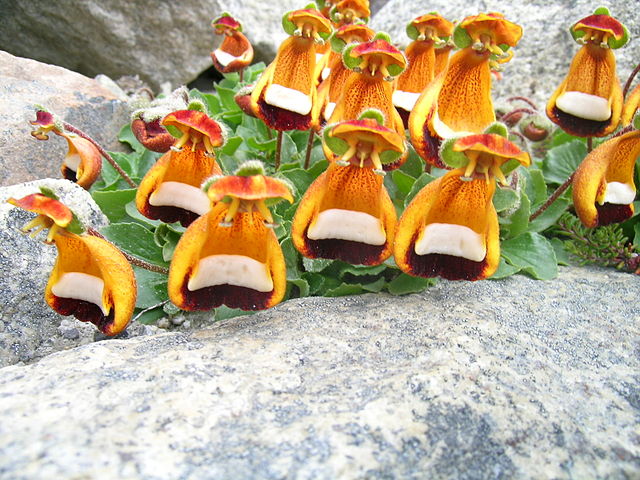Parc national Torres del Paine (Parque nacional Torres del Paine)
Le parc national Torres del Paine (en espagnol : Parque Nacional Torres del Paine) est un parc national du Chili situé entre la cordillère des Andes et la steppe de Patagonie. Administrativement, il appartient à la XIIe région de Magallanes et de l'Antarctique chilien et à la province de Última Esperanza.
D'une surface de 181 414 hectares (ou 242 242 ha selon les sources), le parc est créé le 13 mai 1959. Il est déclaré réserve de biosphère, le 28 avril 1978 par l'UNESCO. Ce parc est géré par un organisme chilien, la Corporación Nacional Forestal (CONAF).
Sa principale fonction est la conservation des paysages, des écosystèmes, des espèces et de la diversité génétique du massif del Paine. Sa surface se caractérise par son hétérogénéité paysagère, où convergent des montagnes, des glaciers, des vallées, des étangs et de grands lacs.
Il tient son nom de trois formations granitiques emblématiques du massif del Paine : les Torres (Tours) del Paine. Celles-ci lui confèrent un fort attrait touristique. De nombreux sentiers et refuges permettent d'en faire un lieu majeur de trekking.
La fréquentation du parc est en augmentation considérable chaque année : de 8 338 visiteurs en 1986, elle passe à 41 402 en 1995, 107 091 visiteurs en 2005 pour atteindre 211 886 visiteurs en 2016 (dont près de 58 % d'étrangers).
-
1
Géographie
- 1.1 Géologie
- 1.2 Relief
- 1.3 Climat
-
1.4
Hydrographie
-
1.4.1
Éléments remarquables du réseau hydrographique
- 1.4.1.1 Lac Sarmiento
- 1.4.1.2 Lac del Toro ou Toro
- 1.4.1.3 Río Serrano
-
1.4.1
Éléments remarquables du réseau hydrographique
- 2 Flore et faune
- 3 Histoire
- 4 Iconographie
-
5
Notes et références
- 5.1 Notes
- 5.2 Références
-
6
Voir aussi
- 6.1 Liens externes
- 6.2 Bibliographie
Links
Images Gallery
-
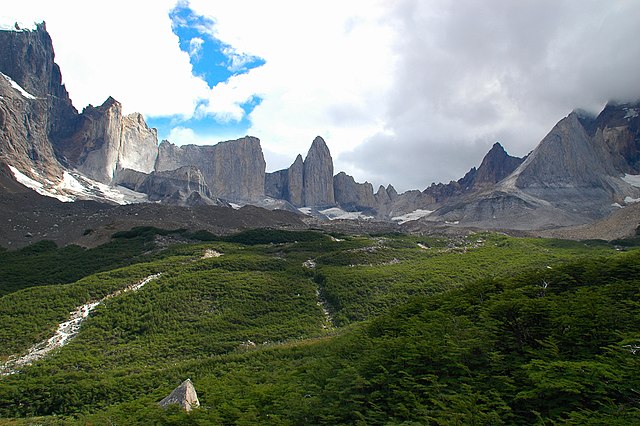
-

-

-

-

-

-
 Lac Nordenskjöld et Cerro Paine Grande
Lac Nordenskjöld et Cerro Paine Grande
-

-

-
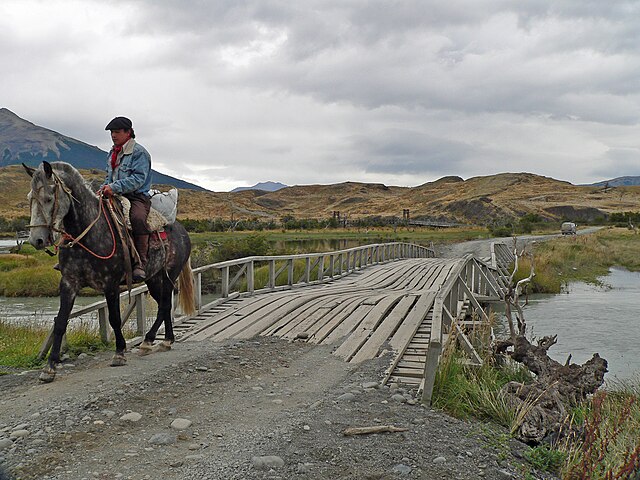
-

-

-

-

-

-

-

-

-
-

-

-
-

-
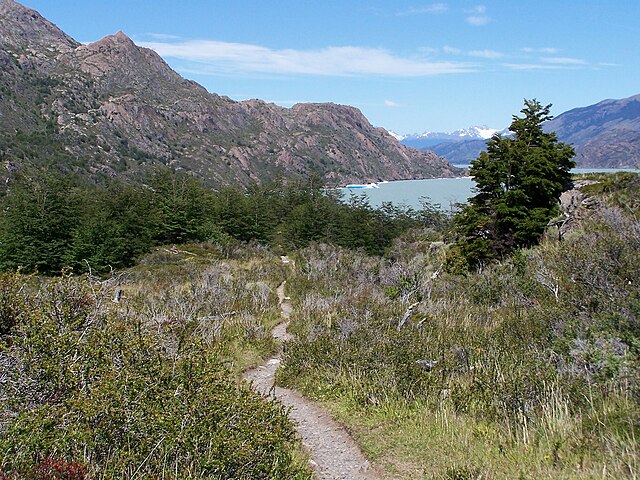
-
 Panneau marquant l'entrée dans le parc.
Panneau marquant l'entrée dans le parc.
-

-

-

-

-

-

-
 Les « Torres del Paine ». Décembre 2016.
Les « Torres del Paine ». Décembre 2016.
-
 Commune de Torres del Paine.
Commune de Torres del Paine.
-
 Cuernos del Paine (Central et Este), vallée Bader et Monte Almirante Nieto.
Cuernos del Paine (Central et Este), vallée Bader et Monte Almirante Nieto.
-
 Les Cuernos del Paine vues du lac Pehoé.
Les Cuernos del Paine vues du lac Pehoé.
-
 Phorbanta variabilis, des Acanthosomatidae, dans le parc national Torres del Paine. Janvier 2019.
Phorbanta variabilis, des Acanthosomatidae, dans le parc national Torres del Paine. Janvier 2019.
-
 Le matorral.
Le matorral.
-
 Chloraea magellanica.
Chloraea magellanica.
-
 La forêt magellanique décidue.
La forêt magellanique décidue.
-
 La steppe patagonne.
La steppe patagonne.
-
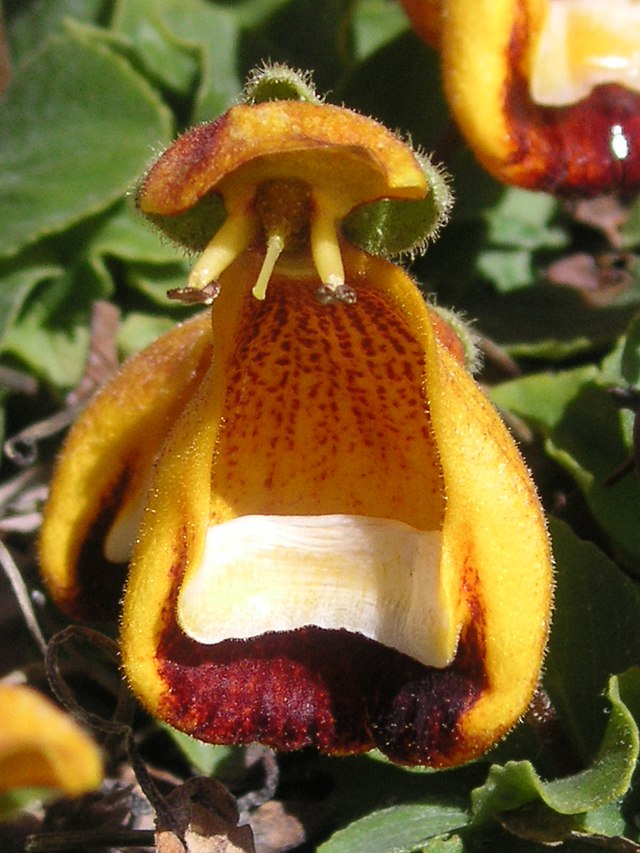 Calceolaria uniflora.
Calceolaria uniflora.
-
 Le désert andin.
Le désert andin.
-
-
-
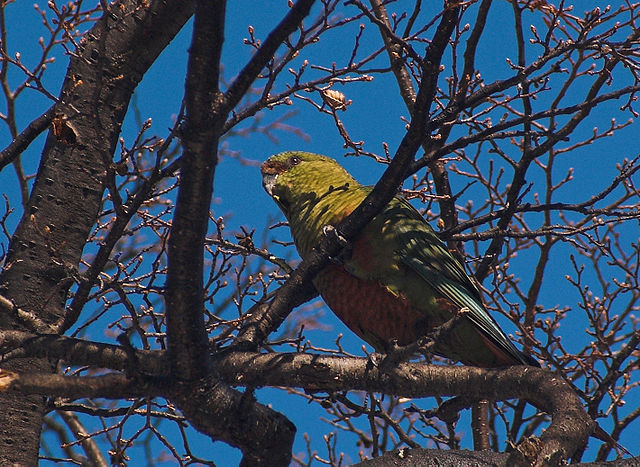
-
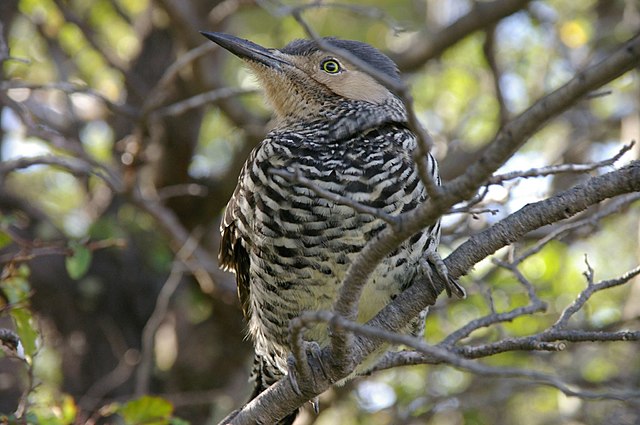
-
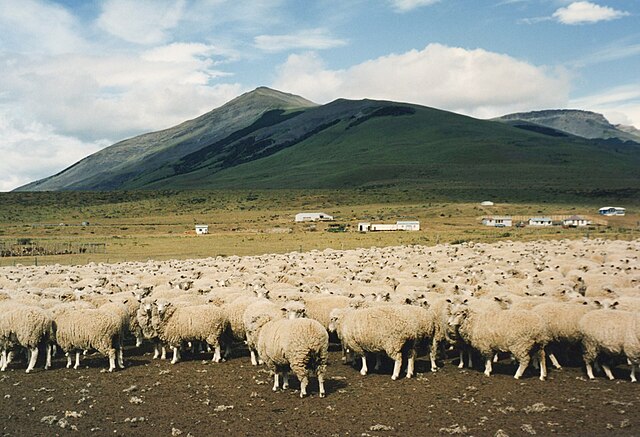 Élevage de moutons.
Élevage de moutons.
-
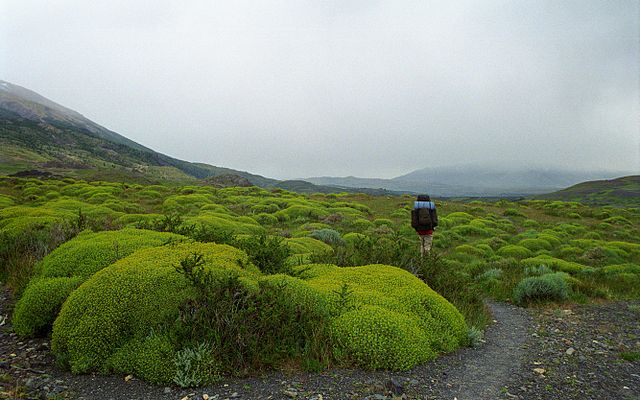 Un randonneur parcourt un sentier du parc.
Un randonneur parcourt un sentier du parc.
-

-

-

-
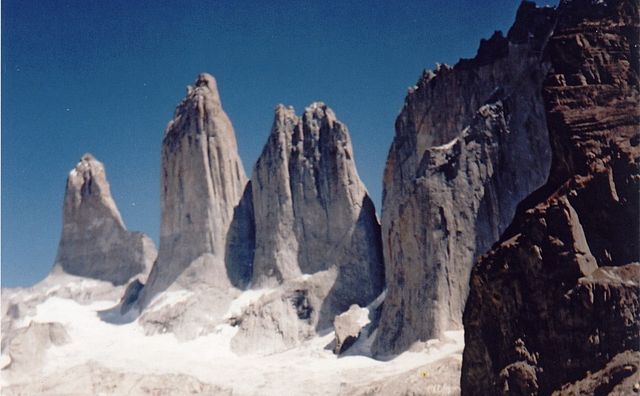
-

-

-
-

-

-

-
-

-
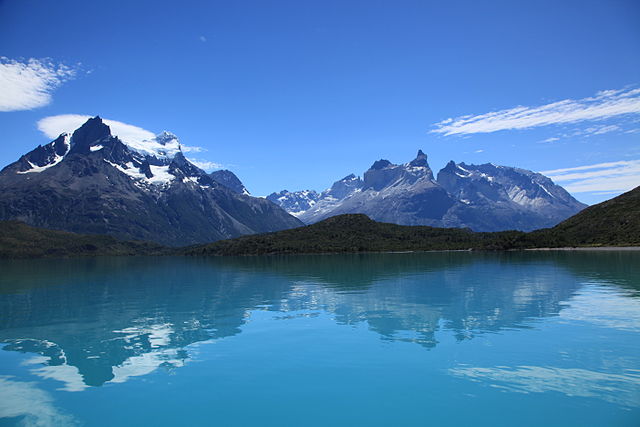
-

-

-

-
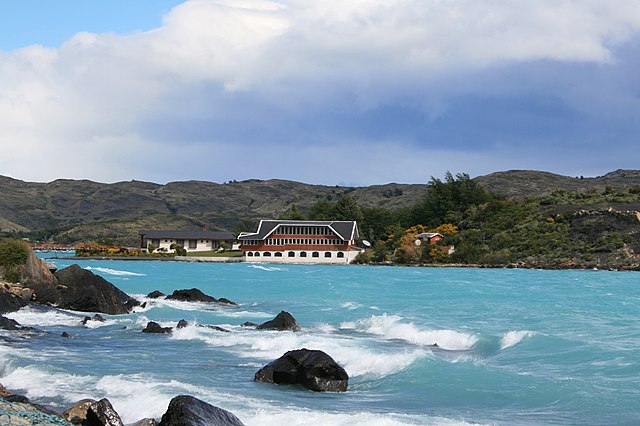
-
-

-

-

-
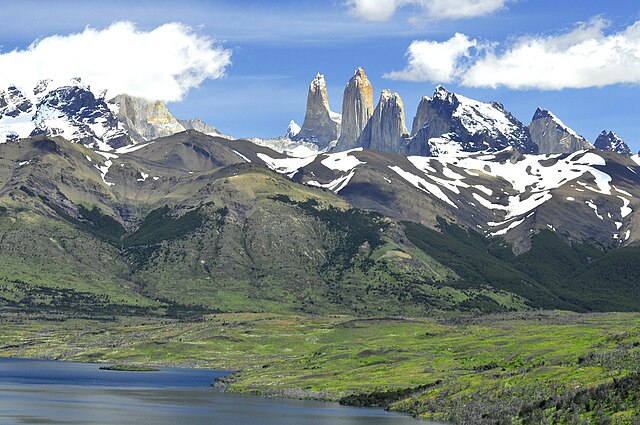
-

-

-

-

-

-

-

-

-

-

-
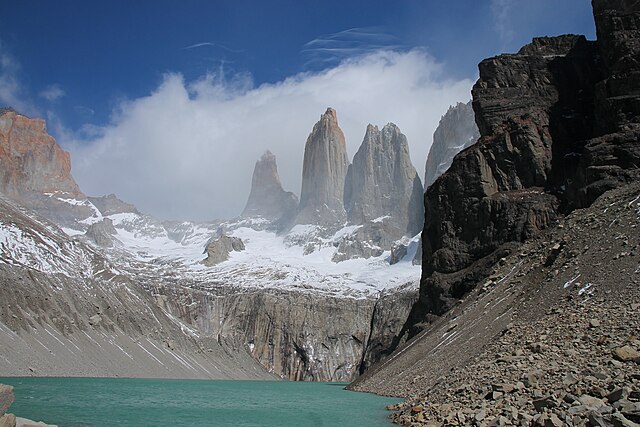
-
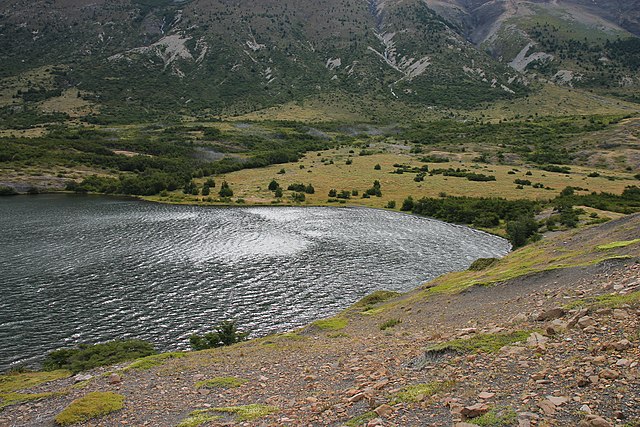
-

-

-

-

-

-
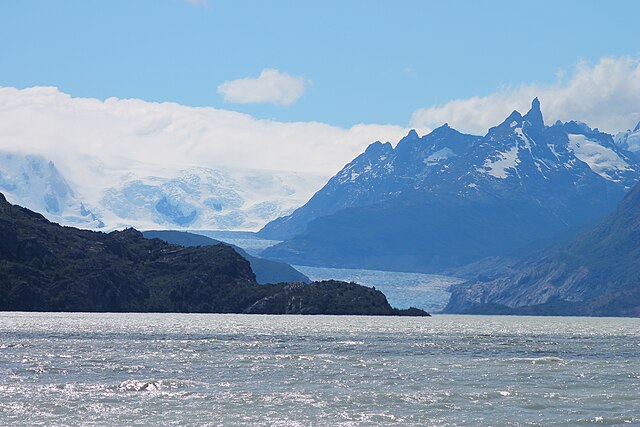
-

-

-

-

-

-

-

-
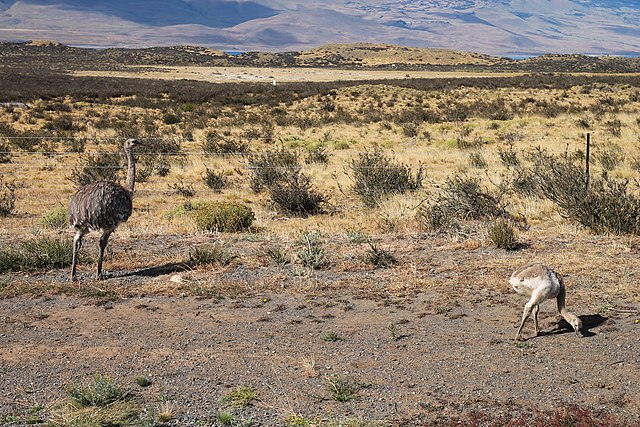
-

-

-

-

-

-

-

-

-
-

-

-

-

-

-
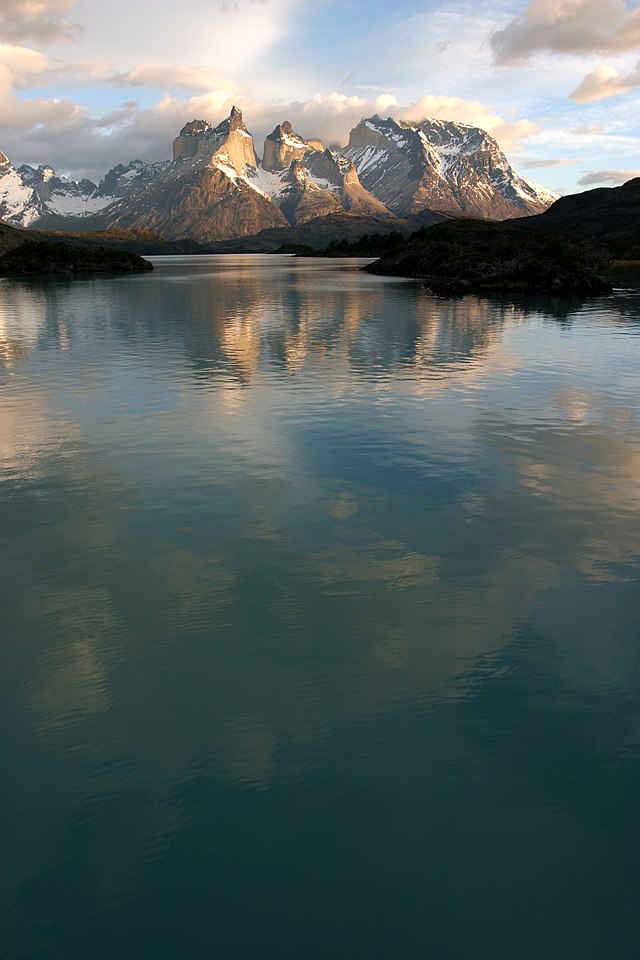
-

-

-

-
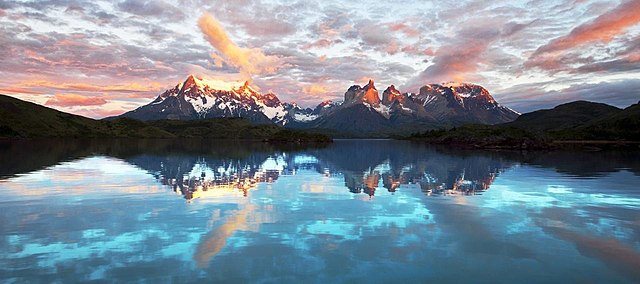
-

-
Comments
-
Absolutely epic, come with a good amount of sum, to access the park, there are multiple fees. Best experience in Latin America
a month ago -
The most iconic place of Patagonia. It is impossible to describe sheer beauty of the place. High snowy peaks, deep valleys, crystal clear lakes with glaciers, sub-Antarctic forests with weirdly distorted pine trees. I will remember my trip to Patagonia for rest of my life.
5 months ago -
Immersion in nature with magnificent mountain forms, glaciers, and turquoise lakes. Alpine vegetation with intense red flowers marking the trails. Torres del Paine has to be one of the most beautiful national parks in the world. It's a tough climb up the morraine to see the 'Torres' but well worth doing when the weather's clear. Long hiking days so it was a treat to enjoy the comfort of a hot shower, a wine, & a delicious meal in a warm lodge before crawling into the tent for the night. Be prepared for changeable weather & wild wind.
8 months ago -
For travelers to Patagonia, Torres del Paine is the cream of the crop. Located on the Chilean side of Patagonia, this other-worldy national park features one of the top treks in the world, the “W” trek. On this hike you’ll see the famous “postcard shots” of icy blue glaciers and lagoons. Doing the W trek with a guided tour is highly recommended for safety as well as unique insights and locations you simply wouldn’t know about without a guide.
2 months ago -
Patagonia is a wonderful world to visit and hiking around Torres del Paine is one of the gems. Unforgettable experience (circa 2000)
a month ago -
Amazing views. I felt that everywhere I turned there was a postcard view. We went with a tour group, which is recommended. There is a short walk to see icebergs that break off and float down stream from the grey glacier. I would recommend spending 2 days at the park. Day one to see the popular look outs etc, day two to see the grey glacier. We missed out on the glacier and I regret it. Apparently there is a 3 hr boat ride to the glacier from the park. I would look into that. Entrance cost CLP 21000 per person. I was wet the day we went, but it was still awesome. Also, it's very cold. Wear wind resistant clothing. Thermals are recommended. ( we went in Nov)
a year ago -
One of the most beautiful places on earth. Beautiful lakes and mountains, stunning views, incredible experience overall. The star missing is for how the authorities approach the tourism; I understand that you prefer being paid in cash, but it is unacceptable in 2020, from a government organization, not to have the possibility to pay with credit card the park fee. I don’t pretend to pay hotels and restaurants (even if they know and they give the chance to pay with card), but at least the entrance fee for the park. Make sure you have full tank on your car (no gas stations) and plenty of cash (better chilean pesos, the change is always good for them)
a year ago -
This was the best hiking/trekking trip I have ever done. The peacefulness, tranquility and shear beauty of the pristine nature in this park alone is worth the visit. Be sure to take cooking equipment, camping equipment and first layer clothing that will keep you warm because the park can get windy and a bit cold in some of the camp sites. It's all part of the adventure! Not to mention the different and amazing types of people you will meet and make friends with along the way. Lastly, during clear nights, one can see the milky way!
4 months ago


















